According to a new report, demand for office space in Australia’s Central Business Districts (CBD) has defied expectations by remaining surprisingly solid, except Melbourne, which has dropped to its lowest level on record.
The Property Council of Australia’s (PCA) Office Market Report revealed that overall CBD vacancy edged higher from 11.1 to 11.2 percent in the six months to July.
Outside of Sydney and Melbourne, the vacancy rates declined in all other capital cities. Canberra is currently sitting on the lowest vacancy in the country, dropping to 7.7 percent.
While numbers show a rise in vacancy for Sydney, it is the result of a significant amount of new office space entering the market. Morrison noted that demand had actually increased.
Commercial real estate firm Cushman & Wakefield’s head of office leasing, Tim Molchanoff, said demand was almost double of the same period in 2020.
Vacancy levels are at the highest levels since Jan. 2020, and unlike Sydney, it was driven by falling demand that plummeted to record lows—surpassing the 1990s recession.
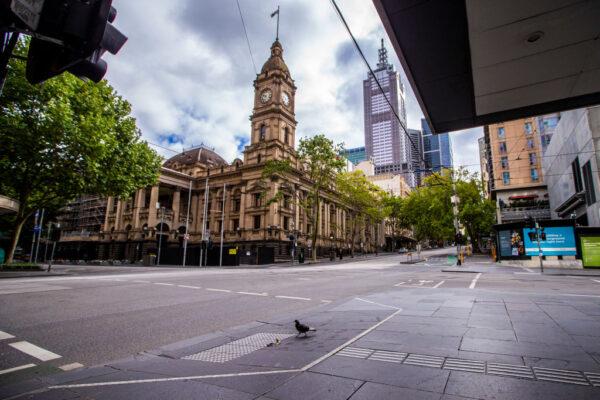
PCA’s Victorian Executive Director Danni Hunter said there was an urgent need for a plan to revitalise the city to encourage people and investment to return.
The fall in demand was concentrated in the market’s prime office space, prompting Hunter to call for an “aggressive strategy” to attract national and global headquarters to locate in Melbourne.
She also noted that sublease vacancy rates had almost doubled. New office space supply also fell into net negatives as more was withdrawn from the market than added.
“The cycle of lockdowns has clearly shocked business confidence and seen the rapid rise of subleasing vacancies as people stay away from the CBD and small business and retail suffers,” Hunter said.
On the other side of the country, Perth’s vacancy rate has reached the lowest level since 2015, and PCA members were reporting increased levels of enquiry from all industries.
PCA’s Western Australia Executive Director Sandra Brewer said the results were a vote of confidence, not only for the office market but for the state economy more broadly.
“Now is the time for governments to put their foot on the accelerator to get the city into top-gear and maintain the positive economic momentum,” Brewer said.
The report measures the levels of leased space, not worker occupancy of office space.
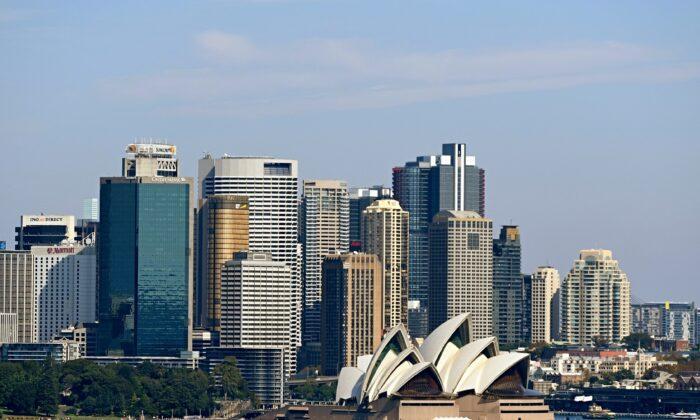

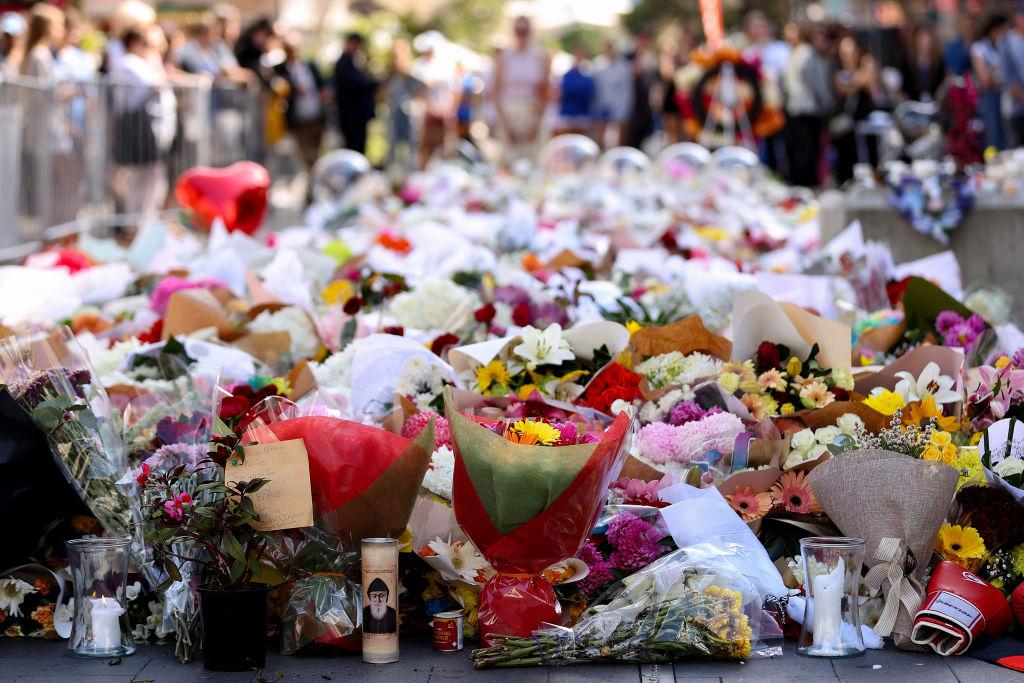
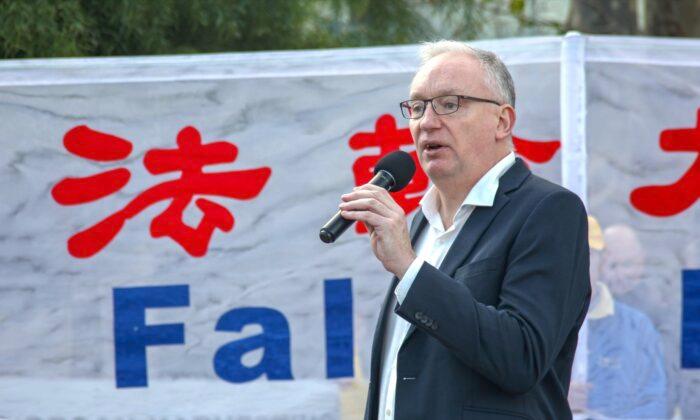

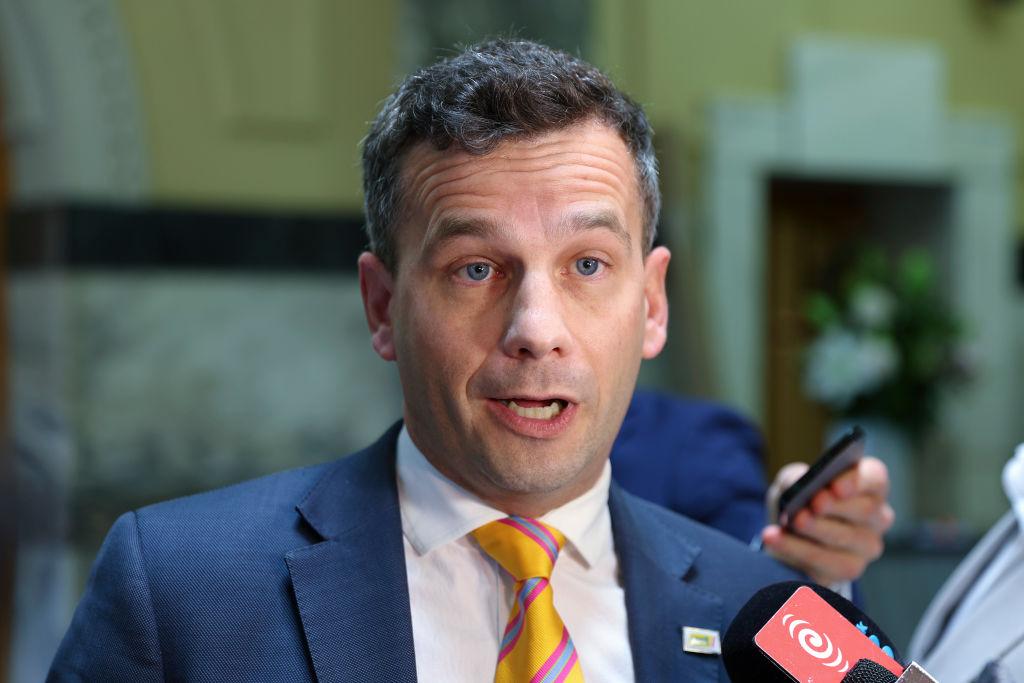
Friends Read Free